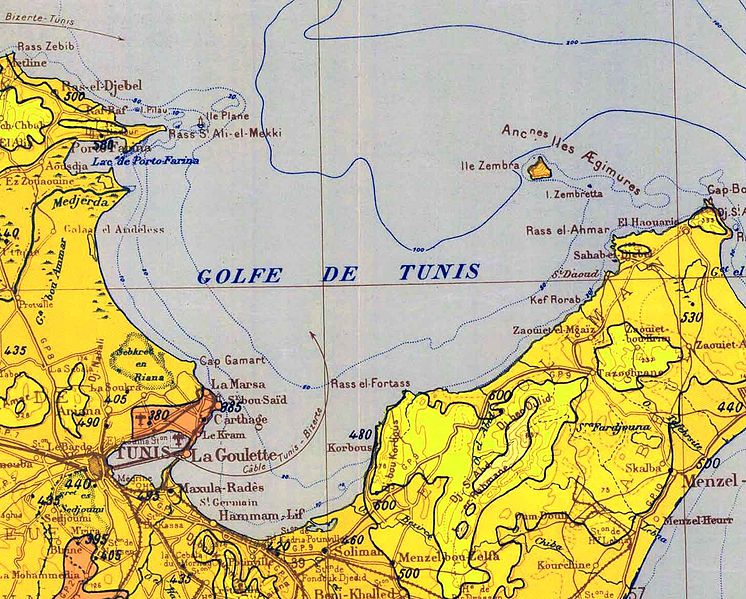A very extraordinary thing happened to D. John at the Alcazaba [of Tunis]. This castle, which, as we have said, was big and strong, had within its walls large cloistered courtyards, orchards, and gardens, comfortable rooms richly furnished in the Moorish fashion, with pavements and fountains of white marble. These were the rooms of the King Muley Hamida, and in them D. John lived. There was a winding staircase by which to descend to a shady little garden, with hedges of myrtle and beautiful flower borders, and oranges and lemons, quinces and pomegranates. Beyond were the baths, and behind these the old ruined part of the Alcazaba. The day after his arrival D. John went to this garden, at the hour of siesta, in search of coolness. He was accompanied by Gabrio Cervelloni, Captain General of the artillery, and by Juan de Soto, and they sat down on a sort of seat of Moorish tiles, under the shade of some creepers. The heat, the hour, the noise of running water, and the sweet peacefulness of this enchanting spot soon overcame the feeble conversation, and they were in that comfortable, charmed state which precedes sleep.

Photo by Felinest
Suddenly Cervelloni jumped up from his seat and put his hand on his dagger, D. John and Soto doing the same: along one of the myrtle-edged paths they saw slowly advancing an enormous lion with a tangled mane. The animal seemed astonished to see these persons, and paused for a moment, gazing about as if surprised, with one paw poised in the air. Then it quietly continued its walk, and went up to D. John, who had gone to meet it, rubbing against his legs like a dog, and throwing itself humbly at his feet. Then a Nubian slave appeared from the side of the baths, and explained by picturesque signs that his beautiful animal was a tame lion for the solace of King Hamida, and that it lived familiarly with all the dwellers of the Alcazaba. D. John then gently caressed the mane, and such a current of sympathy passed between the lion of Austria and the lion of the desert, that the latter became the devoted slave of the former, and thus the great knight D. Luis Zapata de Calatayud describes it, having often seen it: “D. John gave it his own name of Austria,” says the already quoted Zapata in his Miscellany, “and neither by day nor by night, like a faithful captain, did it ever leave its post. When transacting business at Naples he had it lying at his feet like a greyhound, its head on the ground, and satisfied with the attention paid to it. When he dined it was at the table, and ate what D. John gave it. It came when he called it, and on the galley, the boat was its dwelling place. When he was riding, it ran at his stirrups like a lackey, and if he went on foot, behind like a page. There was nothing in his royal house at which this gentle and obedient lion was not present, to the point of being by day or by night of those of his bedchamber; and if it was cross with anyone who took hold of it, in order to rouse it, a word from the Lord D. John, calling, “Austria, quiet, come here,” pacified it, and it went to throw itself on his bed. This beautiful and rare animal, when D. John left Naples for Flanders, gave such sighs and roars that it saddened and astonished all those of that kingdom, until at last, from sorrow for the loss and absence of its master, eating much and eating little, it died.”
It is this lion which is painted in various portraits of D. John….

Don John of Austria by Alonso Sánchez Coello
Rev. Fr. Luis Coloma, The Story of Don John of Austria, trans. Lady Moreton, (New York: John Lane Company, 1912), pp. 316-317.
Short Stories on Honor, Chivalry, and the World of Nobility—no. 18









